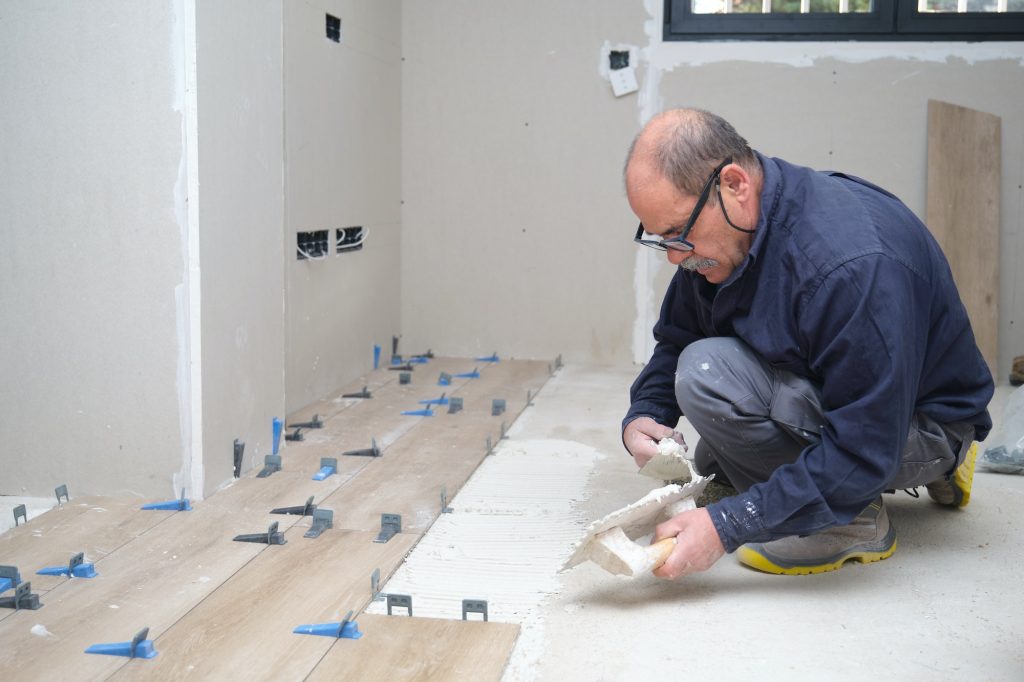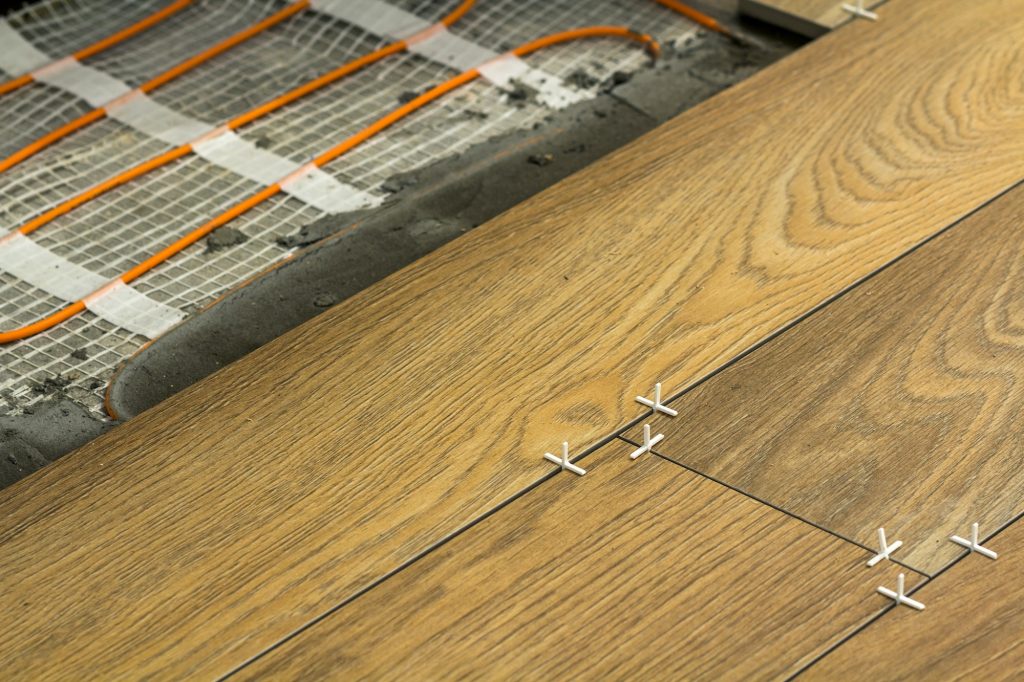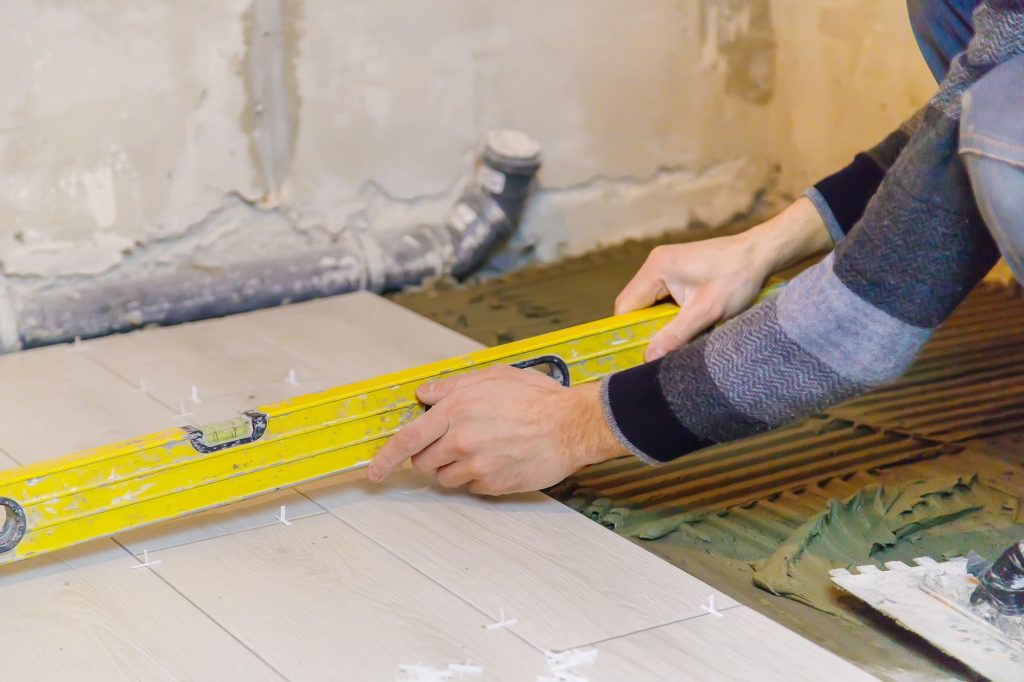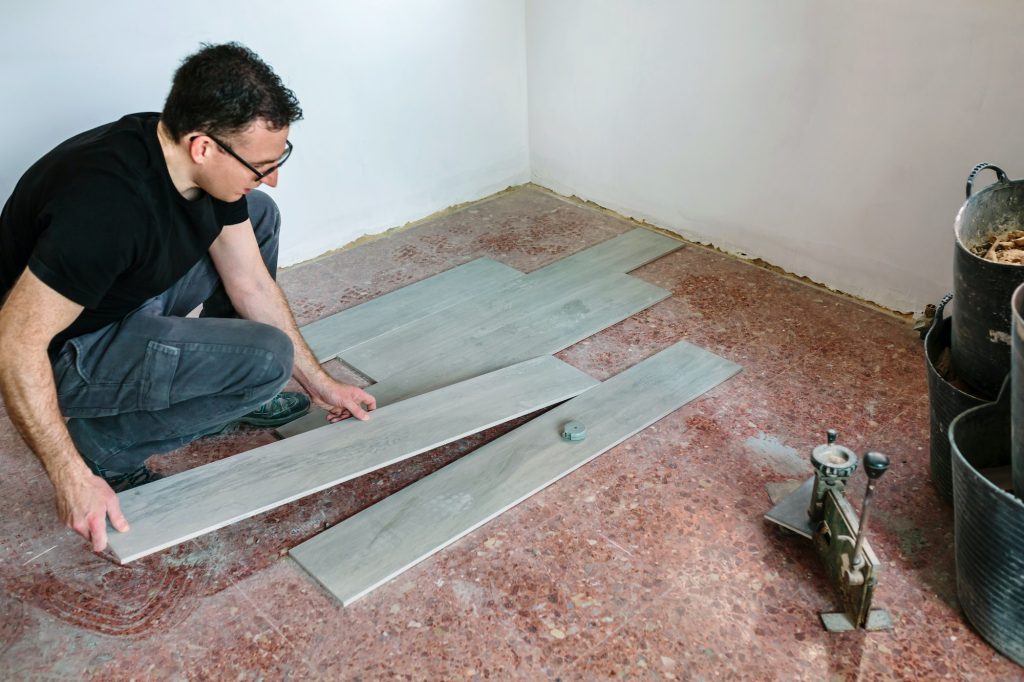Cork is harvested from the bark of the cork oak tree (Quercus Suber) that is indigenous to Western Mediterranean region, mainly Portugal and Spain. Its documented use ironically goes back to ancient Egypt; considering the distance from where cork oak naturally grow, where tombs dating back thousands of years were found to contain ceramic jugs with cork stoppers. In the 18th century, Dom Pierre Perignon recognized the ability of cork to contain champagne and wine, which is one of the most significant discoveries leading toward the development of a modern cork industry. Today, cork is used in the manufacture of stoppers, floor coverings, facings for wall and ceilings, footwear, fishing equipment etc.


Cork is the soft tissue composed of dead cells found in the inner bark of the cork oak tree with a honeycomb structure that has 100 million air-cells per cubic inch. Trees must be 25 years old before the first harvesting (virgin cork) of cork can occur. Average life span of the cork oak tree is 150-200 years. The older the tree is the better quality of cork it can produce. Every 9 to 10 years, the bark of the cork tree is stripped from its trunks. Then the planks are sorted and stacked in the forest for 6 months. Exposure to air, sun, rain and wind triggers chemical transformations that improve the cork’s quality.
The virgin cork is then taken into the factory to ground into granules and compressed with special glues at high pressure into sheets. Baking the cork prior to compression and varying the granule size allows for different shades and patterns to be created.
It is cork’s gaseous composition that makes the cork both compressible and elastic and allows it to return to its original shape after being subjected to pressure. This is the reason why cork floors are extremely durable. When the cork is subjected to strong pressure the air in the cells is compressed and reduces in volume, when released from pressure the cork immediately recovers back from indentation. Nova Distinctive Floors’ factory finish of water-based polyurethane also adds durability for your floors to last long.

It is the same reason that cork is a perfect sound and thermal insulator which is why cork floors are used in many places like churches, libraries, museums, art galleries and in homes for perfect comfort and warmth.
Cork floors do not absorb dust and because of that the maintenance of cork floors are easy and, therefore, do not cause allergies or create a risk to people who suffer from asthma or other respiratory diseases.
The presence of Suberin in cork makes it impermeable to both liquids and gas. Consequently, it is not subject to grow moldy.
Cork is a natural fire inhibitor and will not spread flame. Cork is also non-toxic and does not off-gas. Nova Distinctive Floors’ products meet the highest standards in the industry.

Even though cork comes from a renewable resource and also recyclable, Nova Distinctive Floors takes it one step forward in its manufacturing process by recycling 100% of our manufacturing by-products for our facility’s heating system. We are dedicated to protect our environment by using renewable resources to manufacture cork floors and provide a unique flooring system for your design needs.
Copyright © Novafloorings 2023. All rights reserved.